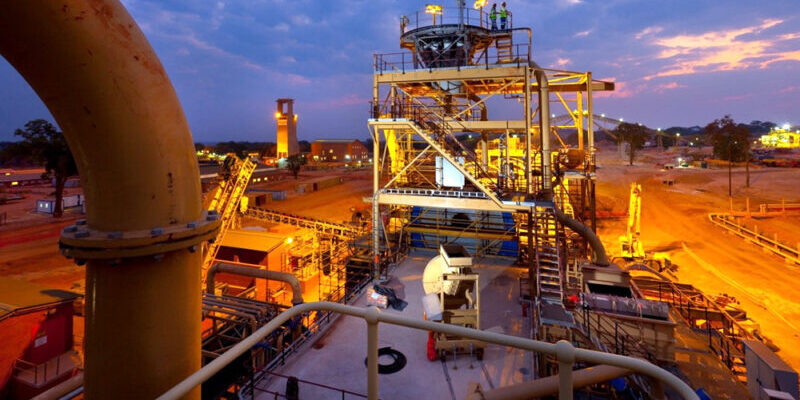Lubambe Copper Mine | Brief Profile
Lubambe Copper Mine is an underground mining operation situated on the Zambian Copperbelt close to the border town of Chllilabombwe (Zambia and DRC). The Lubambe Copper Mine is 80% owned by EMR Capital Resources, while 20% is held by ZCCM Investments Holdings Plc.
- Has Plant infrastructure consisting of a concentrator plant, a laboratory and underground infrastructure;
- The concentrator incorporates crushing, milling, flotation and filtration. The design capacity is 2.5 MTPA of ore at an average mill grade of 2.3% copper, yielding 45,000 tonnes of contained copper in concentrate;
- The Mine is currently in a ramp up stage and will target to produce 45, 000 tonnes of contained copper in two years.
The Lubambe copper deposit is one of approximately 30 copper/cobalt deposits occurring within the Central African Copperbelt. It is located at the north-western extremity of the Zambian portion of the Copperbelt. The deposit is hosted within sediments that accumulated in an intracratonic rift, which was subsequently closed during the Lufi lian Orogeny. The deposit mineralisation is defined as the ore shale (OS) type of mineralisation. Copper mineralisation is largely hosted within the OS1 Member, whose true thickness varies from 3 to 14 metres. The lower-most 1.5 metres of the OS1 Member contains very little copper, due to leaching which preferentially occurs at the base of the OS1 where the contact between the siltstone and conglomerate/arkose represents a permeability channel way. The transition to greater than 1 % total copper (TCu) is abrupt and takes place over centimetres, above a thin red iron oxide-rich marker layer, which probably acted as a redox boundary. The upper contact of the greater than 1 % total copper zone (assay hanging wall) is also well-defined in the assay profile, but is not as sharp as the assay footwall contact.
Mineralisation occurs as finely disseminated sulphides along bedding planes and cleavage, in thin veinlets, and in lenticles and stringers, comprising of chalcocite, chalcopyrite, bornite, digenite, covellite, pyrite and carrollite. A large proportion of the nonsulphide copper minerals occur along fractures and veins and consist of malachite, pseudomalachite, chrysocolla, cuprite, azurite and native copper.
Lubambe is an underground operation utilising the Longitudinal Room and Pillar mining method. The Cut and Fill mining method is being considered for mining some areas in the future.
Important link: ZCCM-IH





